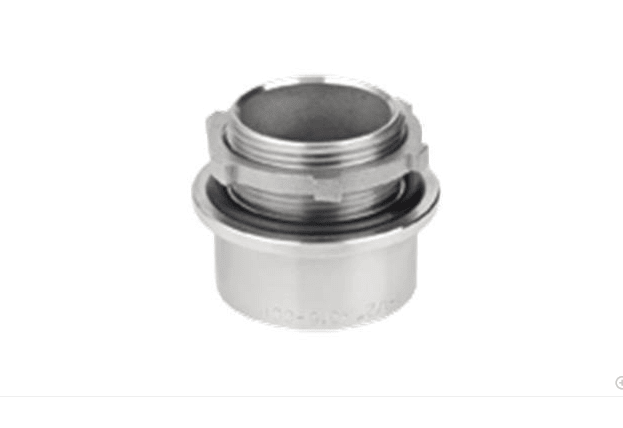power2engineer
Electrical
- May 18, 2003
- 53
What is the acceptable Electrical installation practice for Medium voltage 13.8 KV Switch enclosure feeder cables conduit entering from the Side of the enclosure instead of bottom.
Please see attached Photo. The contractor installed the UG conduits for 13.8 KV Feeder about 18 Inches outside the enclosure perimeter so the manufacturer provided floor cutout cannot be used. We want to run 2 LBs and enter the enclosure from the side of the enclosure just above floor. The installation is blocked from people walking freeling around it. Is this installation in violation of any NEC code?
Please see attached Photo. The contractor installed the UG conduits for 13.8 KV Feeder about 18 Inches outside the enclosure perimeter so the manufacturer provided floor cutout cannot be used. We want to run 2 LBs and enter the enclosure from the side of the enclosure just above floor. The installation is blocked from people walking freeling around it. Is this installation in violation of any NEC code?

